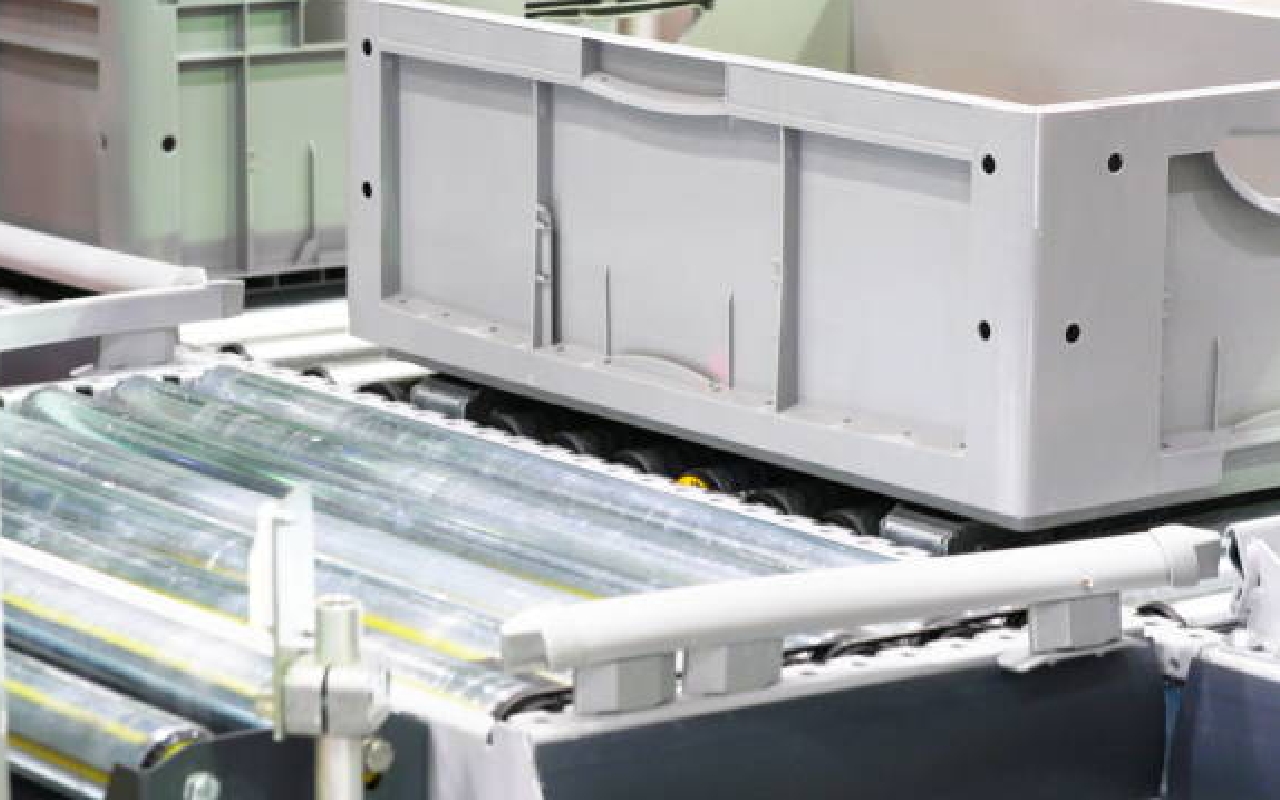Eliminate scratches during manufacturing
by transporting jigs
We discover why products get scratched through thorough on-site observations,
and utilize our extensive knowledge and experience.
PROPOSER
In cooperation with the sales staff at each branch and sales office, we listen to the customer's issues and propose the most suitable equipment.
Even if there is a case that our existing business partners cannot handle, we can find a new manufacturer that can handle it, which leads to raising the overall equipment response capabilities of the company.

BEGINNING
It all started when a customer contacted us about a high rate of defects caused by small scratches or deformations during transportation of precision-machined products in the manufacturing process.
We want to improve the 10% defect rate as quickly as possible.
In the customer's manufacturing process, after precision machining, the parts were collected in a cleaning basket, cleaned, aligned in a parts feeder, and transported to the appearance inspection device. Workpieces were touching each other in the cleaning basket, and vibrations caused scratches and deformations on the products when they were transported by the parts feeder.
The defect rate was as high as 10% at times, and improving production efficiency and quality control became an urgent task.
SOLUTION
If it can't be automated, it's pointless
We immediately selected a manufacturer from among our partner automated machine manufacturers that could fully meet the specifications and scale of the project, communicated the equipment specifications and the customer's thoughts, and began considering the equipment.
To individually transport over 100 products that come out of the processing machine per minute, manual labor is simply not possible, and automation is essential.
As a measure, the products discharged from the processing machine are continuously set on the transport jig, eliminating the risk of scratches and deformation by eliminating contact with the workpiece during transport.

The production speed is fast, so it was difficult to stabilize the position and set the product on the jig, but we discussed it many times with the manufacturer and came up with a conceptual plan. Even after deciding on the transportation method, we continued to discuss maintainability and safety with the customer's on-site staff, and finally came up with a satisfactory equipment plan.
Achieved near-zero defect rate in manufacturing
Through this proposal, we were able to successfully resolve the issue of our customer who was struggling with a high defect rate.
The customer highly evaluated this problem-solving proposal and has since placed an order for multiple units.
When proposing solutions to problems, the key point is how to bring out ideas, but in order to broaden the scope of ideas, we believe it is important to gain a variety of experiences, and sometimes experience failure in order to improve problem-solving abilities.
Even when the problem is difficult, if we pool our knowledge with our customers and partner companies and continue to take on the challenge without giving up, I believe we can definitely solve the problem.
I would like to continue to take on more challenging projects.









